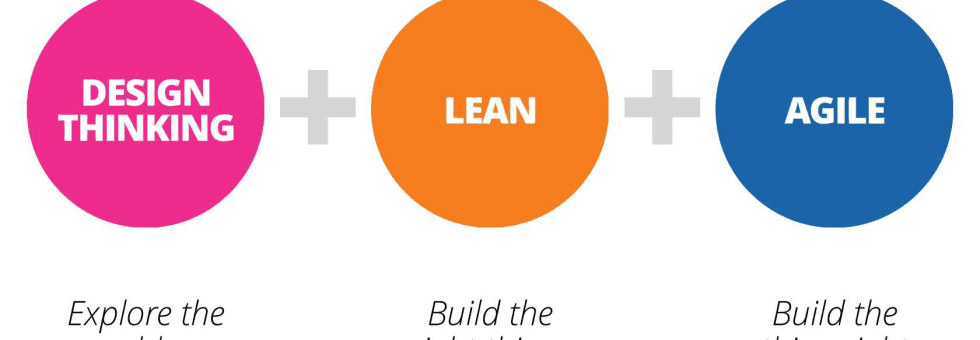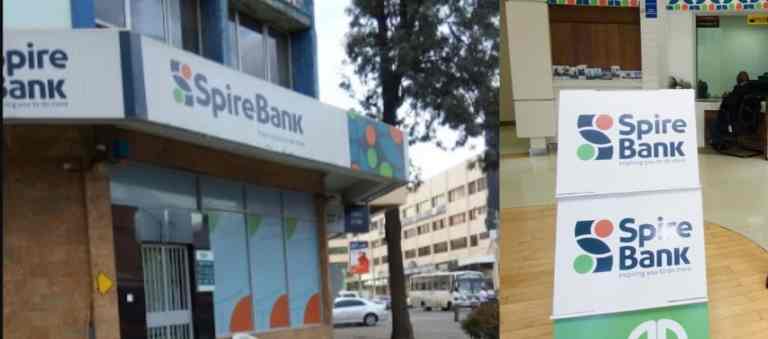Understanding what people want is the goal of Design Thinking, Lean, and Agile. They’re all strategies to approach and improve your product cycle, and they’re typically used interchangeably.
However, they work in various ways and concentrate on different things.
Agile’s concepts are formalised into rituals and certifications and then rolled out haphazardly, and that is the problem.
When people talk about Lean, they usually talk about process optimization, waste, and quality, which leaves out a lot of what the Lean mindset has to offer. Design Thinking is being heralded as the new design facilitator’s magic trick.
That’s three mindsets tainted by the masses who grasped onto trying to make something better and blindly following the steps without thinking them through. People have a strong desire for change, yet they are stuck following norms or processes that they don’t fully comprehend.


Source: Digicorp
Design Thinking
It’s all about talent and learning when it comes to Design Thinking. The ability of a designer to create meaning, define an issue, and explore viable solutions is crucial. Solutions teams are frequently entrusted with resolving a problem, but this scope typically excludes resolving a problem in a broader or more distinctive manner.
Most businesses start by identifying a problem and developing a solution. Design Thinking is a method for organising how we address challenges by dismantling the existing quo as well as our own human biases.


Source: MAQE
According to Design Thinking, asking more fascinating questions leads to more creative ideas. After all, articulating an issue in a straightforward or traditional manner can only result in straightforward or conventional solutions. Design thinking implements the following in order to ask more intriguing questions –
- Diversity by including people who would not ordinarily be involved in change or innovation processes on the design thinking team.
- Customer research encourages us to break down our own biases and loyalty to the status quo by spending time thinking about what customers genuinely need and want.
Lean Startup
Lean began as a reaction to scientific management approaches in the industrial industry. Process, rules, and procedures were used to improve efficiency, and management was mostly about control. Control, on the other hand, is a myth in modern business. Things are just too complex, unpredictably unpredictable, and dynamic to be managed. Lean provides a new way of thinking about managing any type of work system.


Source: Medium
It’s primarily about investigating ambiguity, making decisions by testing and learning, and enabling people who are closest to the task to decide how best to reach desired objectives. It is about being adaptive, not predictive, according to Lean.
The aims of waste removal and efficient manufacturing are elevated in Lean Startup to swiftly validate business ideas and include continual improvement. To put it another way, you establish the big picture for each progress step and use the continuous feedback loop to engage end-users better.
You can adjust faster to market fluctuations if you start Lean. Short, quick release cycles are encouraged in Lean to build a Minimum Viable Product (MVP) of anything you’re working on. You can test new features, products, and markets with minimal cost and risk by constructing something tiny yet quickly.
Agile Methodology
Agile and Lean are two terms that are often used interchangeably. Agile offers strategies to design software that is dynamic and adaptable to change in high-uncertainty situations. It is all about software that adapts gracefully to changing needs.


Source: Hacker Noon
Agile believes in iterative, incremental changes in software development that lead to major changes over time, effectively eliminating the concept of a “finished product.” Small changes add up to a highly valuable solution that solves customers’ concerns over time.
How do they work together?
Design thinking is concerned with identifying and addressing problems; Lean is concerned with evaluating potential solutions; and Agile is concerned with adapting, pivoting, and making adjustments as the project progresses. The Design Thinking technique allows teams to sympathise with customers by painstorming their goals and needs. Then they may brainstorm potential solutions, which naturally leads to the Lean process of learning, trying, and prototyping, effectively transforming design thinking concepts into real-world solutions. This, in turn, feeds into the Agile review, trial and error, execution, and delivery processes.
Each strategy brings value to the team, but when used together, they act like spokes on a wheel, revolving smoothly with the client at their centre.
FAQs
- How is Lean Startup different from Agile?
By generating minimal viable products and allowing the consumer to assess value, the Lean Startup approach to product improvement and total production improvement is taken. Agile is a process for developing and scaling a solution through frequent, incremental releases.
- Is DevOps considered Agile Methodology?
DevOps is a branch of Agile that focuses on practices that aren’t covered by agile.
- Is SMED a Lean tool?
SMED is a Lean tool for reducing the time it takes to switch from one process in operation to another.





